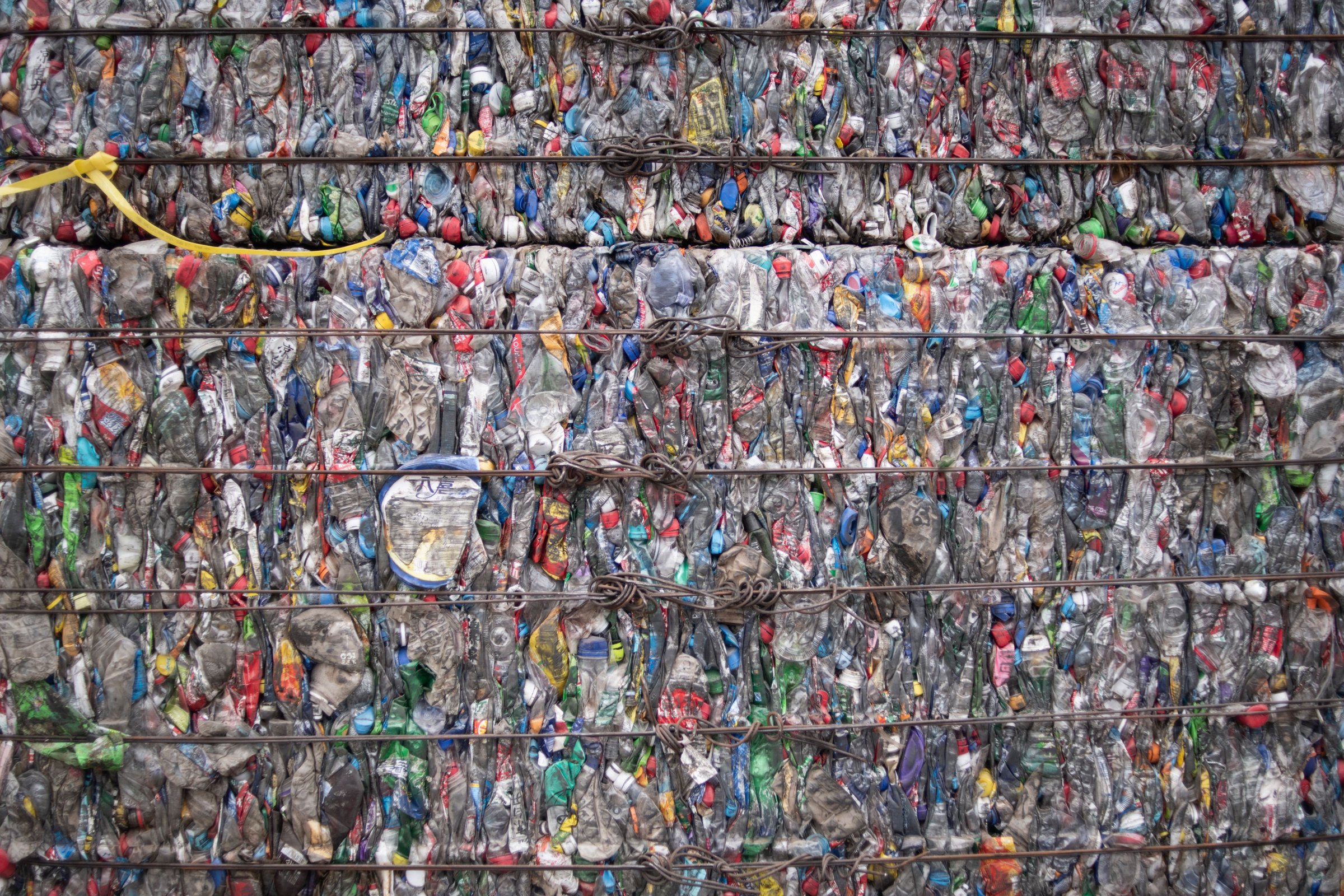
It’s well established that the state of U.S. plastics recycling is dismal. But plastic waste experts, who have long cautioned that the Environmental Protection Agency’s (EPA) purported recycling rate was overestimated, now say that the country is poised for a reckoning.
In 2018, the last time the agency analyzed where the nation’s trash ends up, the plastics recycling rate came in at about 9%, meaning that more than 91% of plastics generated that year were put in a landfill or incinerated for energy. Now, a report from the nonprofit Last Beach Cleanup and Beyond Plastics, an environmental project affiliated with Bennington College, indicates that the rate in 2021 was under 5%, cutting the previous estimate nearly in half.
One key reason for the drop is that the U.S. has recently struggled to offload its plastic trash to other countries. The United State’s recycling rate—as calculated by both the EPA and the report’s authors—is the sum of its plastic waste exports plus whatever gets recycled domestically. As the chart below shows, exports had a boom period where China, in particular, took billions of pounds of the stuff until 2018, when the country issued a ban on most waste imports.
China boosted the U.S. recycling rate during the waste trade heyday from about 6% in 2000 to 9% by 2015, according to EPA figures. But since 2018, no country has replaced all the slack left from China’s ban.
The researchers surmise that U.S. incineration capacity hasn’t increased and its recycling capacity has ticked up only marginally in the last three years. Meanwhile, they infer that the amount of plastic produced in the U.S. rose 2% in each of those years—a conservative estimate based on the fact that bottled water sales increase 4% a year. More plastic waste with fewer places for it to go means that a greater share is now ending up in landfills.
Jan Dell, one of the authors of the report, says the 9% figure was always inflated because China didn’t recycle many of the plastics it received from the U.S. While there is no consensus about how much plastic China does recycle, Dell conservatively believes it was less than half of U.S. imports, based on peer-reviewed studies of the subject. Other estimates suggest that less than a third of all of the plastic generated in China gets recycled. Furthermore, about a quarter of China’s plastic waste is mishandled, which means it is not properly buried or otherwise disposed of, and risks ending up seeping into the ground and flowing through waterways. Nonetheless, the U.S. counts all plastic exports—to China and elsewhere—as recycled because there is no accountability once waste leaves American shores, Dell explains.
A 5% recycling rate is depressingly low—particularly to consumers who diligently place plastic items with chasing arrow symbols into the blue bins under the pretense that they get a second life. And Dell says that the number may actually be lower: to provide the most conservative (and optimistic) estimate, the report’s methodology disregards pandemic influences, such as higher demand for single-use plastics, more medical waste, and disrupted sanitation programs.
Some of the pandemic-driven issues may resolve in time. But the broader, more systemic plastics crisis that’s persisted for decades will become more apparent now that it’s harder to ship it out of sight. “What this data shows is we’re getting back down to what is actually the U.S. domestic plastic recycling rate,” Dell says. “And we need to take responsibility for our own plastic waste and not schlep it off.”
More Must-Reads from TIME
- Why Biden Dropped Out
- Ukraine’s Plan to Survive Trump
- The Rise of a New Kind of Parenting Guru
- The Chaos and Commotion of the RNC in Photos
- Why We All Have a Stake in Twisters’ Success
- 8 Eating Habits That Actually Improve Your Sleep
- Welcome to the Noah Lyles Olympics
- Get Our Paris Olympics Newsletter in Your Inbox
Contact us at letters@time.com